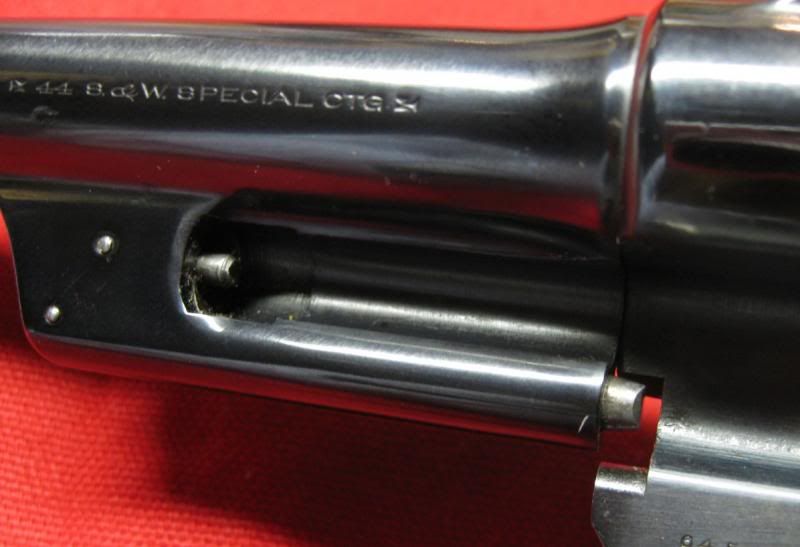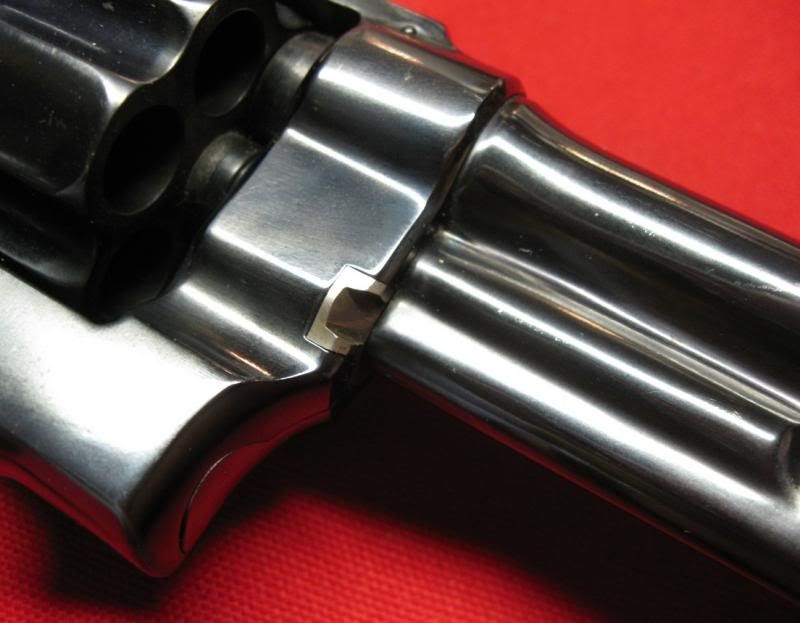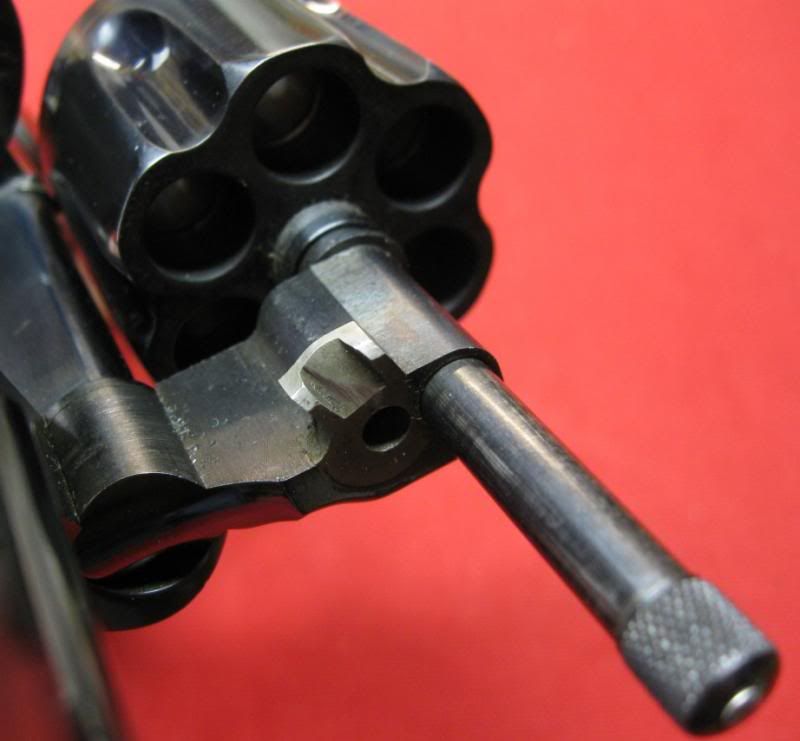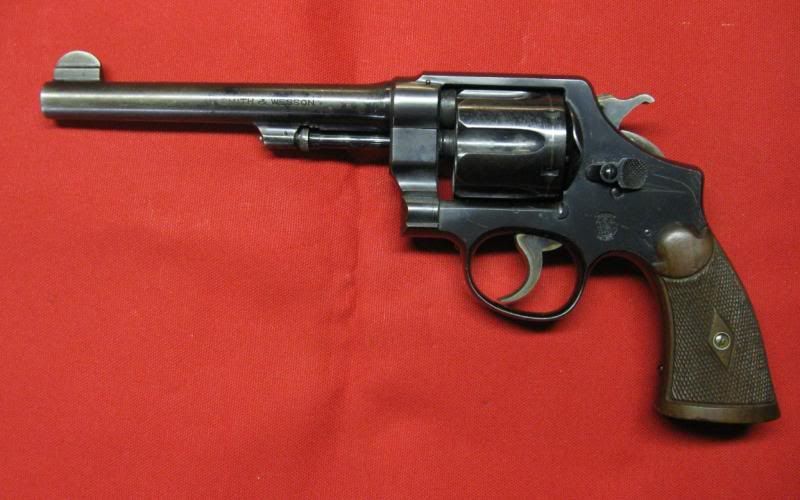And this? Paired with a Model 36 to show how tiny it is.
That is humorously tiny.
And this? Paired with a Model 36 to show how tiny it is.
The smiley, especially well under the last word was a horribly easy clue but if you are at all familiar with the poster, you'd have known when you saw the subject line paired with the author, you knew before clicking as I did.
However, to the subject...
My XVR and Model 69 both have ball-detente crane lock-up that a hundred years of K & N frames never had, so maybe we at least mention them?




